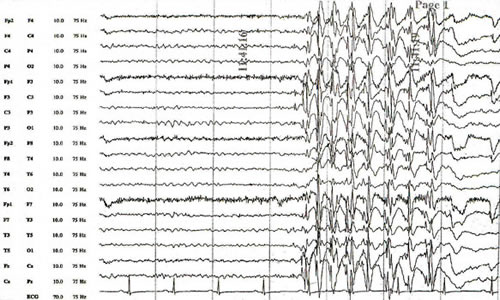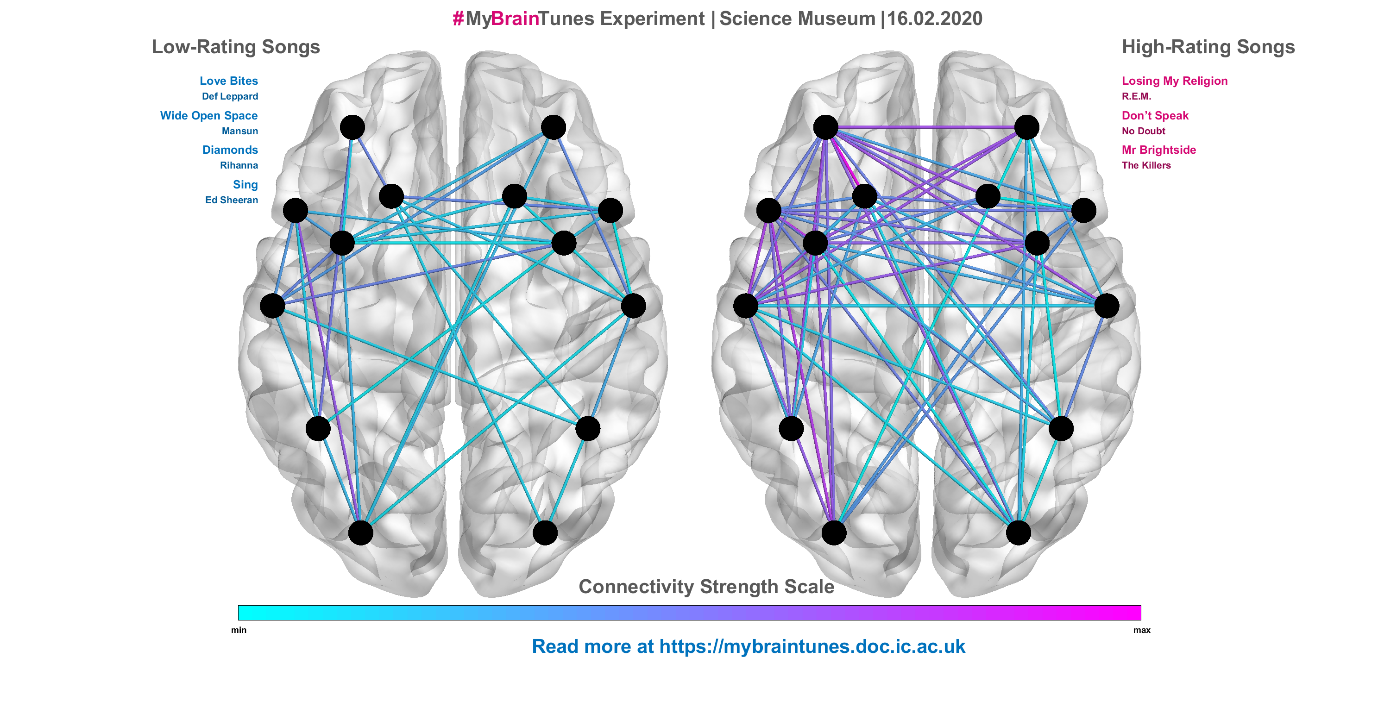

It is important to note that currently only invasive tracing studies are capable of unanimously demonstrating direct axonal connections.

At longer time scales (hours to days), structural connectivity patterns are likely to be subject to significant morphological change and plasticity.

The physical pattern of anatomical connections is relatively stable at shorter time scales (seconds to minutes). the mapping of "functional input connectivity" of individual neurons in vitro (Schubert et al., 2007).Īnatomical connectivity refers to a network of physical or structural (synaptic) connections linking sets of neurons or neuronal elements, as well as their associated structural biophysical attributes encapsulated in parameters such as synaptic strength or effectiveness. Although this distinction is often cited in the context of functional neuroimaging, it is equally applicable to neuronal networks at other levels of organization, e.g. A fundamental distinction is that between structural connectivity, functional connectivity and effective connectivity (Friston, 1994). When applied to the brain, the term connectivity refers to several different and interrelated aspects of brain organization (Horwitz, 2003). The subject is more extensively covered in Jirsa and McIntosh (2007) and Sporns (2010). connectivity patterns that span across functionally diverse and structurally widely distributed components of a nervous system. The remainder of this article will focus on brain connectivity at the large-scale, i.e. It is likely that anatomical variability is one of the main sources for functional variability, expressed in neural dynamics and behavioral performance. In addition, neural structures within the same individual vary across time, as a result of experiential and developmental processes of growth, plasticity and repair. Variability may be measured between corresponding structures in brains of individuals of the same species. Variability is found in the shape of individual neurons and their processes, as well as in the size, placement and interconnection of large-scale structures. Specificity is found in the arrangement of individual synaptic connections between morphologically and physiologically distinct neuronal types, in the spatial extent and branching pattern of axonal arborizations, and in long-range connectivity between neural structures such as cell nuclei or brain regions. At the macroscale, very large numbers of neurons and neuronal populations forming distinct brain regions are interconnected by inter-regional pathways, forming large-scale patterns of anatomical connectivity.Īnatomical connections at all levels of scale are both specific and variable. At the mesoscale, they are arranged into networks of columns and minicolumns. At the microscale, detailed anatomical and physiological studies have revealed many of the basic components and interconnections of microcircuits in the mammalian cerebral cortex. These levels include individual synaptic connections that link individual neurons at the microscale, networks connecting neuronal populations at the mesoscale, as well as brain regions linked by fiber pathways at the macroscale. In more highly evolved nervous systems, brain connectivity can be described at several levels of scale. Neural connectivity patterns have long attracted the attention of neuroanatomists ( Cajal, 1909 Brodmann, 1909 Swanson, 2003) and play crucial roles in determining the functional properties of neurons and neuronal systems. 4.3 Interrelations between Structural, Functional and Effective ConnectivityĪ major aspect of the complexity of nervous systems relates to their intricate morphology, especially the interconnectivity of their neuronal processing elements.4.2 Functional and Effective Brain Networks.


 0 kommentar(er)
0 kommentar(er)
